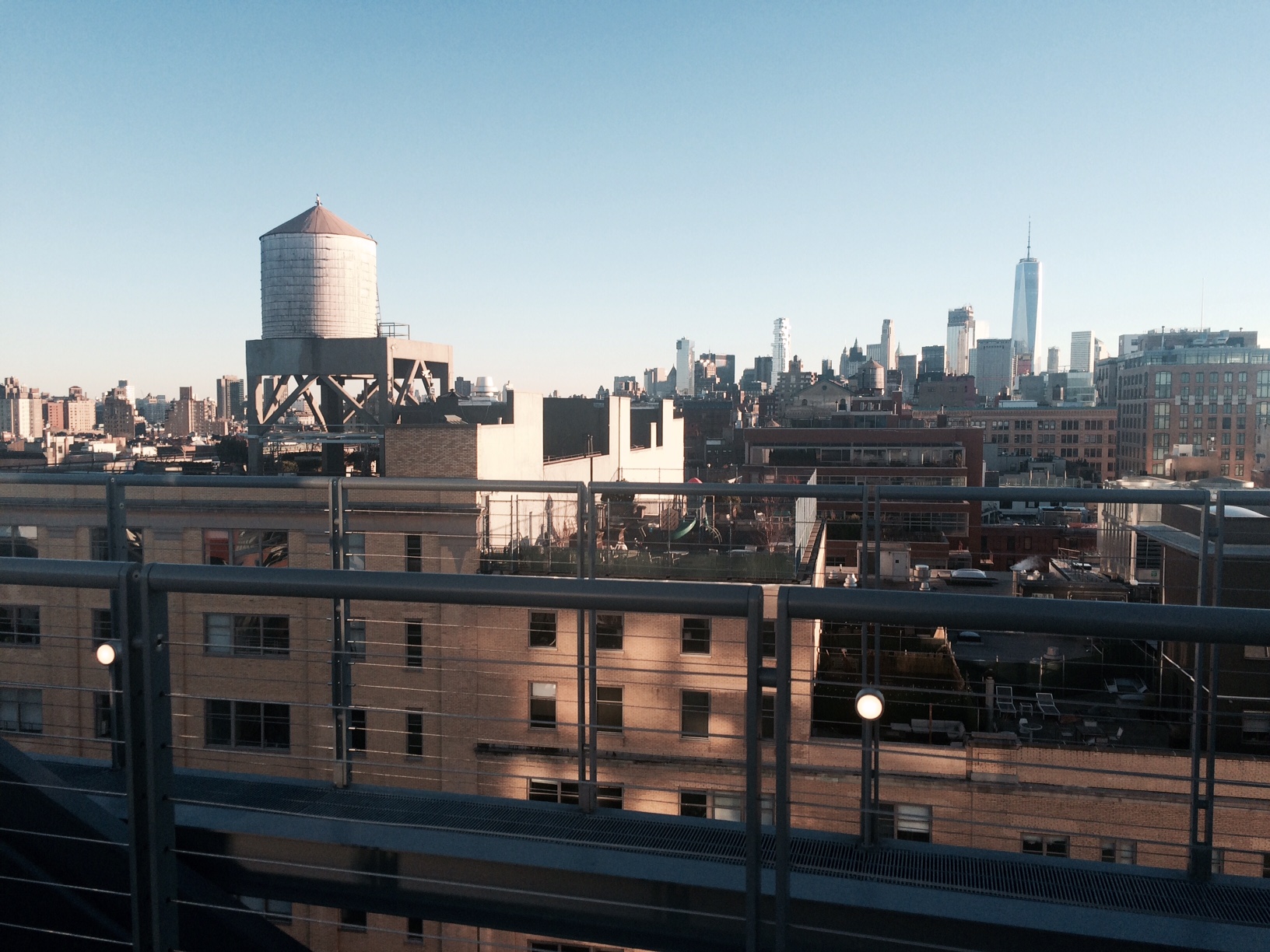United States, New York City
FC-01x Future Cities (Self-Paced) - Exercise 3: "Factors of Livability"

Uploaded on 2017-03-09 by Daryl King
1: Zurich, Switzerland Copenhagen, Denmark Sydney, Australia Amsterdam, Netherlands Berlin, Germany 2: Creative capital = lifestyle Education Financial safety Architecture Transportation In my opinion and understanding the most important things that determine the livability of a city are the creative capital which influences the general lifestyle across the country; the general quality of education that people can get for themselves and their children; the financial security of the general public; the overall approach to architecture, including the implementation of new architectural innovation; and the general ability to move around the city. This capital can be defined as the art which people see at museums and the highlights that make up someone's vacation. The ability to have all levels of education accessible to the citizens of the city, draws the attention of many others. The influx of these new inhabitants also requires that the people be able to earn, build, and use their own wealth. A good infrastructure needs to be present for these various things to operate, specifically through the identification of architecture and transportation. 3: With respect to New York City, there is a great degree of creative capital, which grants the port a significant advantage, in terms of stock and flow, over many other cities. New York City is host to Columbia University, New York University, and some of the other world’s best academic institutions. Yet, it also stands as one of the most expensive places to live. Many people move to New York City because the standard of living is better than where they left. However, they still do not have access to the opportunities that living in New York City affords it citizens. The architectural industry in New York City is thriving with a plethora of projects and new construction; yet, many of these projects cannot meet the measure of innovation being demonstrated in other cities, with the majority of new construction in New York being skyscrapers. One would be hard pressed to find a city that has the same degree of accessibility as New York City does. The transportation system is managed well enough for anyone to be able to take public transportation 24 hours. Yet, the city has the potential to make bicycle transportation more widespread. Moreover, an increase in more environmentally friendly means of transportation would both reduce traffic in the most congested areas of each Borough and assist with the beautification of New York. This would require the type of architecture made to reposition spaces for green uses and to distribute the congestion that occurs during peak hours. Given that New York City is a major global city, it would be beneficial for the banking and finance to be realigned in such a way that the wealth of New York City could be enjoyed by the Greater majority of the citizens, rather than only by a select few, and that people can build up their own capital with equitable distribution. There needs to be many changes to the education system across the city. Students are being educated at both the lowest and highest degrees of investigation possible. The inappropriate levels of funding result in disparities that could easily be reduced by requiring the top percent earners of wealth to contribute to the reduction of the gap, through any of the possible economic vehicles, to a realistic proportion.